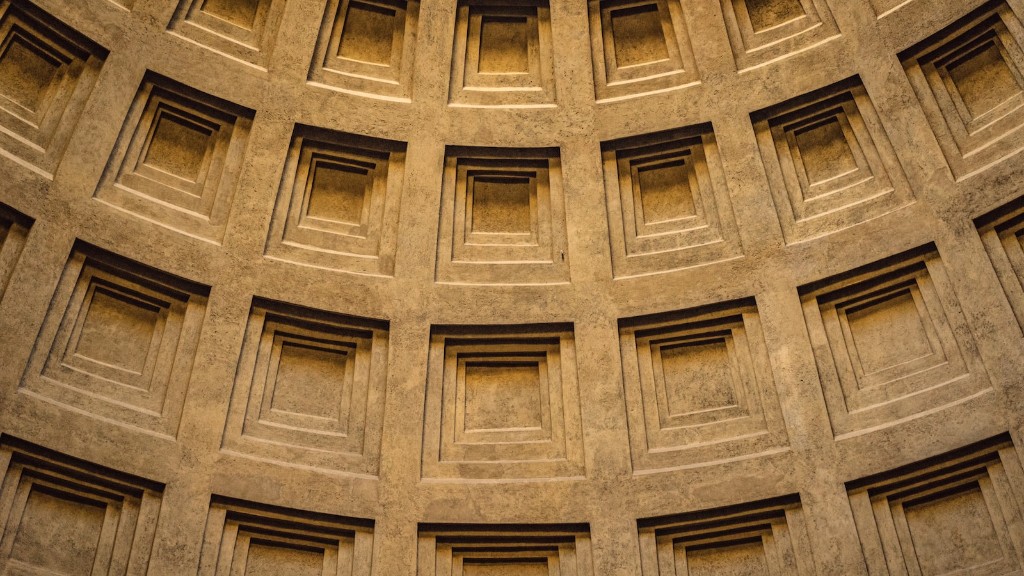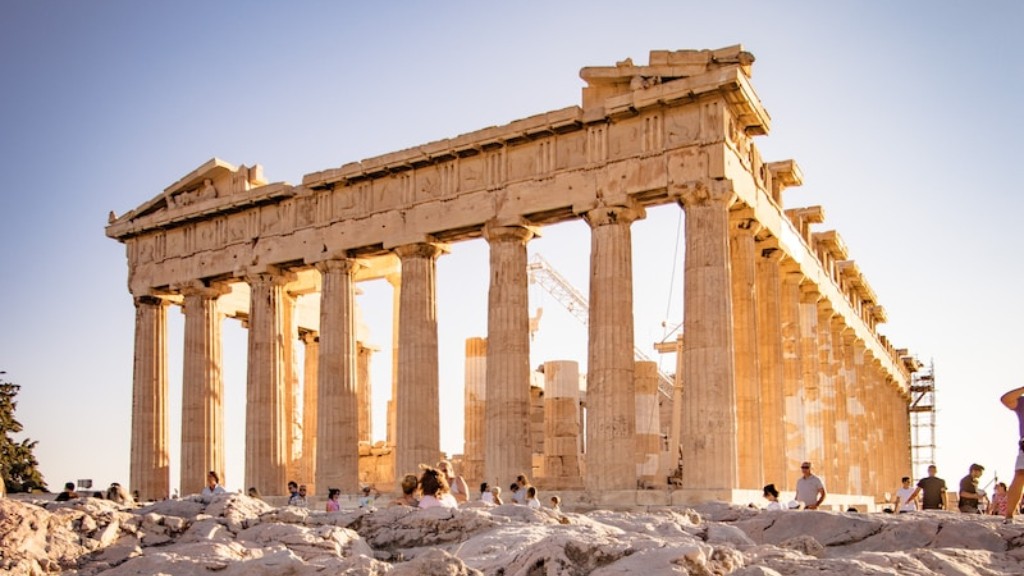How were the Chariot Races Really Run in Ancient Rome?
Chariot racing was a prominent and beloved sport in ancient Rome. Spectators from all walks of life gathered to witness these exciting races, where skilled charioteers, their horses thundering at full speed, engaged in fierce competition. In this article, we will delve into the intricacies of how the chariot races were truly conducted in the bustling city of Rome.
1. The Design and Layout of the Circus Maximus
The most renowned venue for chariot racing in ancient Rome was the Circus Maximus, a massive structure that accommodated up to 150,000 spectators. This rectangular arena featured a long central track, called the spina, around which the chariots would race. The spina was adorned with various decorations and monuments, including statues, obelisks, and turning posts.
2. Chariot Types and Teams
The chariots used in these races were specifically designed for speed and maneuverability. There were four racing factions, or teams, in Rome, each identified by a distinct color: Red, White, Green, and Blue. The chariots were color-coded accordingly, allowing spectators to easily identify which team each charioteer represented. The factions had loyal followers, and the races often turned into fierce displays of team pride and rivalry.
3. The Role of the Charioteers
The charioteers, known as aurigae, were highly skilled professionals who dedicated their lives to mastering the art of chariot racing. They were known for their bravery, agility, and exceptional horsemanship. During the races, charioteers would battle not only their opponents but also the intense speed and unpredictability of the horses pulling their chariots. The risks they took made the races even more captivating for the audience.
4. The Race Dynamics and Strategies
The races themselves were intense and fast-paced. The goal was to complete a certain number of laps around the spina, usually seven, and cross the finish line first. Obstacles and challenges stood in the way, including tight turns, sudden bursts of speed, and the constant pressure from rival charioteers. The strategies employed by the charioteers varied, from aggressive maneuvering to subtle tactics aimed at overtaking their opponents.
5. Spectator Experience
Chariot races were a grand spectacle, attracting people from all social classes. Spectators would gather in the stands, which were divided into sections by social status, with the emperor and other high-ranking officials enjoying the best views. The atmosphere was electric, with the crowd cheering and betting on their favorite teams. The roar of the chariots and the thundering hooves of the horses created a thrilling auditory experience.
6. The Dangers and Consequences
Despite its popularity, chariot racing was a dangerous sport. The risks involved were many: collisions, high-speed falls, and trampled spectators were all hazards present during these races. Fatal accidents were not uncommon, and the charioteers themselves often paid the highest price for their chosen profession. However, the allure of fame, glory, and riches drew many individuals into this perilous world.
7. Legacy and Influence
The impact of chariot racing on ancient Roman society was significant. It became deeply ingrained in the culture, symbolizing both the grandeur and competitiveness of the empire. Chariot racing also had a lasting influence on modern racing sports and entertainment. It paved the way for equestrian sports, such as horse racing, as well as popularized the idea of spectator sports that captivate millions of people to this day.
In conclusion, chariot racing in ancient Rome was a thrilling and perilous sport that captivated the hearts of spectators. The design of the Circus Maximus, the strategies employed by charioteers, and the intense atmosphere all created an unforgettable experience for those in attendance. Despite the dangers involved, the legacy of chariot racing lives on, reminding us of the resilience and passion of the ancient Romans.


